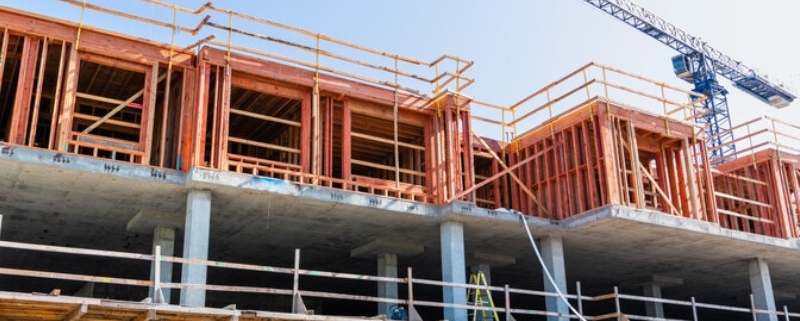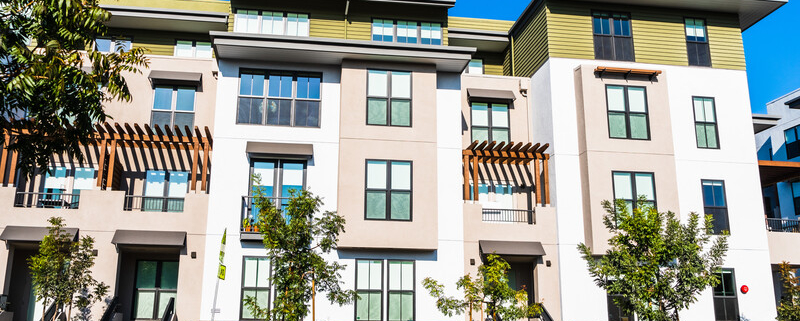Broward County ranked the fourth most competitve market for renters in the U.S.
Apartments remained vacant an average of 41 days in the county, with 95.5% of its apartments occupied, 67.2% of its leases renewing and 14 renters competing for each available apartment.
Miami-Dade County ranked at the top of the list.
The report from rental listing website RentCafe scored 137 areas across the U.S. based on the average number of days an apartment stayed vacant, the percentage of occupied apartments, the number of prospective renters per available unit, and the lease renewal rate between the months of January and March.
Under that criteria, Miami-Dade County was ranked at No. 1 with a competitive score of 120. According to the report, apartments stayed vacant for an average of only 33 days – the shortest span of any other area in the top 20.
In RentCafe’s previous report, released in March, North Jersey was named as the most competitive market in the U.S.
Palm Beach County was the No. 20 most competitive rental market where apartments stayed vacant an average of 38 days, 95% of the apartments are occupied, 11 prospective renters competing for each available apartment and there’s a 59.5% renewal rate.
Another three Florida communities made RentCafe’s top 20 most competitive market list: Southwest Florida (No. 3), Orlando (No. 8), and Tampa (No. 19).
“Developers in Florida have been busy completing new apartments. However, this is still not enough to keep up with pent-up demand, which is why Florida markets are claiming the first spots on our list,” the RentCafe report stated.
Source: SFBJ


